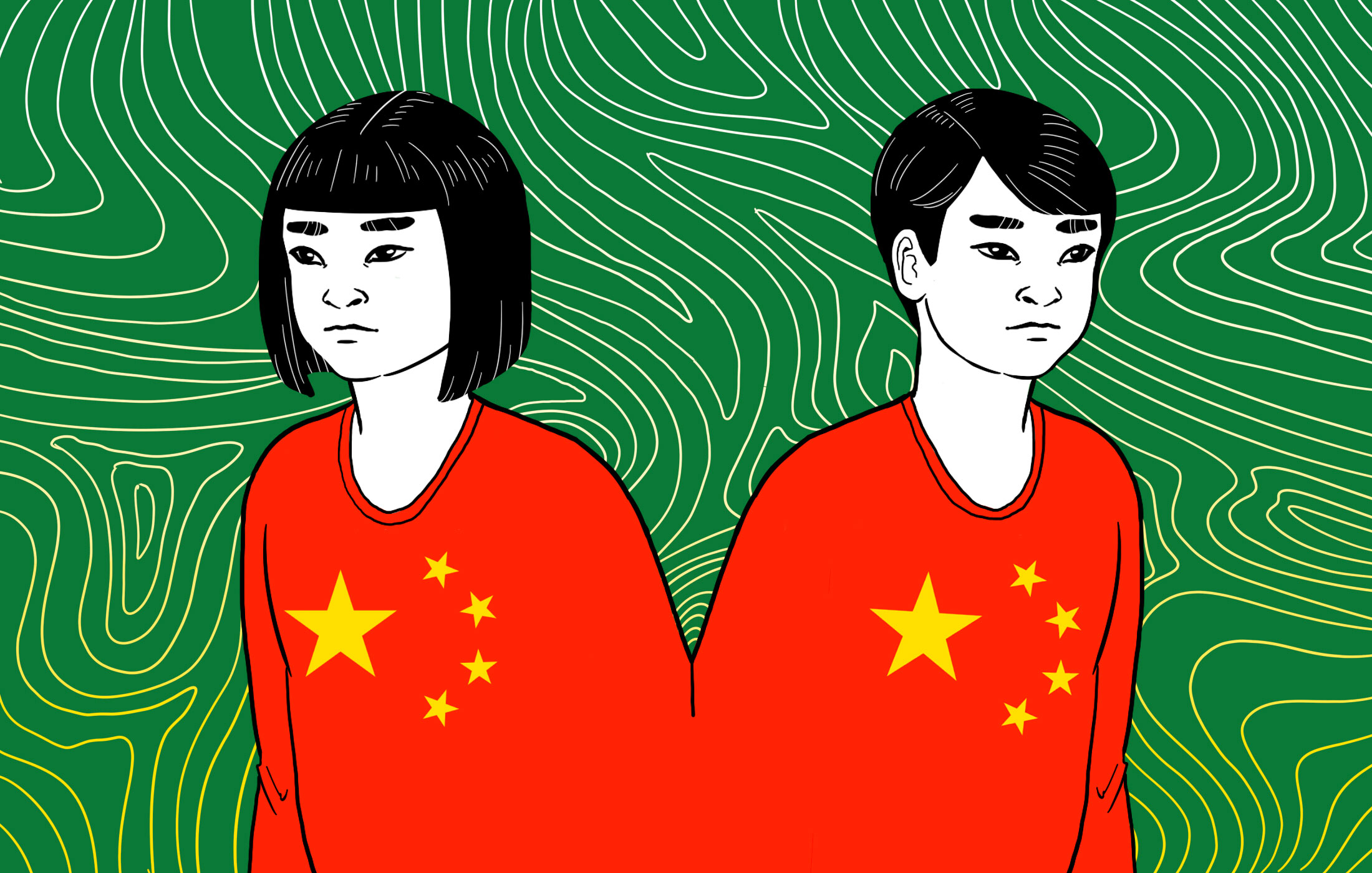As a member of China’s one-child generation, I longed for a brother or sister when I was growing up. For my generation, there was a ubiquitous “4-2-1” family structure: four grandparents, two parents, and one child. Though China continues to develop economically, the 4-2-1 population structure is also turning it into an aging society, which comes with economic costs.
On October 29, the Chinese government announced the end of the one-child policy, allowing couples to have up to two children. The two-child policy was launched in the hope of addressing China’s labour shortage, as well as the country’s insufficient revenue for public pensions and social insurance.
Being a doctoral student researching transnational migration at McGill, my social media networks keep me connected with the political pulse of my home country. When I heard the news about the two-child policy, I anticipated an explosion of social media excitement from my friends.
But I was wrong. Instead, my friends expressed a variety of anxieties about how the change would impact their lives.
Many said that they were now being pressured to have a second child by their close relatives. For many working women in my friend circle, the one-child policy was the only legitimate excuse they could use to resist the pressure from their families to have more children.
“As soon as the news went out, both my mother-in-law and my mom called me […] at dinner, telling me to be prepared to have a second child. I spent three years taking care of my daughter and finally she is in kindergarten. I am just getting on the right track of my career, and now again? What should I do?” my friend Na, an assistant professor in Beijing, said in a social media discussion.
On the other hand, some felt angry and bitter due to the fact that even though the policy allows them to have another child, given the increasingly high cost of living they cannot afford to support two children. The cost of providing children with a good education and healthy food, and eventually helping them find a home to build a family of their own, is just too high.
For my working-class friends, it is only the rich who will benefit from this policy reform.
“This is a rich people’s game. For us poor guys, I can barely afford one kid. How can I obtain enough money for the second, especially if it were a boy – [I’d] have to prepare an apartment for him,” said Wang, a private company worker in Chongqing.
Other young women expressed concerns about the shrinking number of opportunities for women in the job market. Although there are anti-discrimination laws in China, the protection of gender equality goes largely unenforced in the labour market. My friends feared that companies would refuse to hire them based on the assumption that they would now take two maternity leaves during the course of their career instead of just one.
“There will be fewer and fewer opportunities for us. Before [the two-child policy] there was a better chance for me, as I have a child already. Now I am worried that the company will say, ‘You will have a second child!’ I don’t think I will have another child, but it is hard to prove it to employers,” said Xiaoli, a doctoral student in Nanjing.
Outside of China, the one-child policy is most often spoken about in the same breath as female infanticide and discrimination against girls. However, for many in my generation of Chinese women, it was seen as creating conditions for women’s advancement in the workplace. The truth is, implications for women’s rights have nothing to do with China’s change of heart about the one-child policy. Rather, the policy change is merely an economy-boosting tool, to which women’s interests are secondary.
There are many ways to tackle a labour shortage without another home-grown baby boom. For example, why not open up China’s rigid immigration policy to make it easier for foreigners to live and work in China? Although a permanent resident system was launched in 2004, the country still prefers a “made in China, made by Chinese” policy over welcoming foreigners (especially those from the Global South) and embracing a more diverse workforce.
Ultimately, whatever the driving force of these reforms, whether young Chinese women are better or worse off under the two-child policy does not appear to be a concern for Chinese policymakers. Until the Chinese government addresses maternal rights and systemic discrimination against women, the debate around the number of children will remain only a proxy for the far more pressing conversation we should be having.
Choo Chiang is a PhD student in Anthropology. To reach her, email qiuyu.jiang@mail.mcgill.ca.

